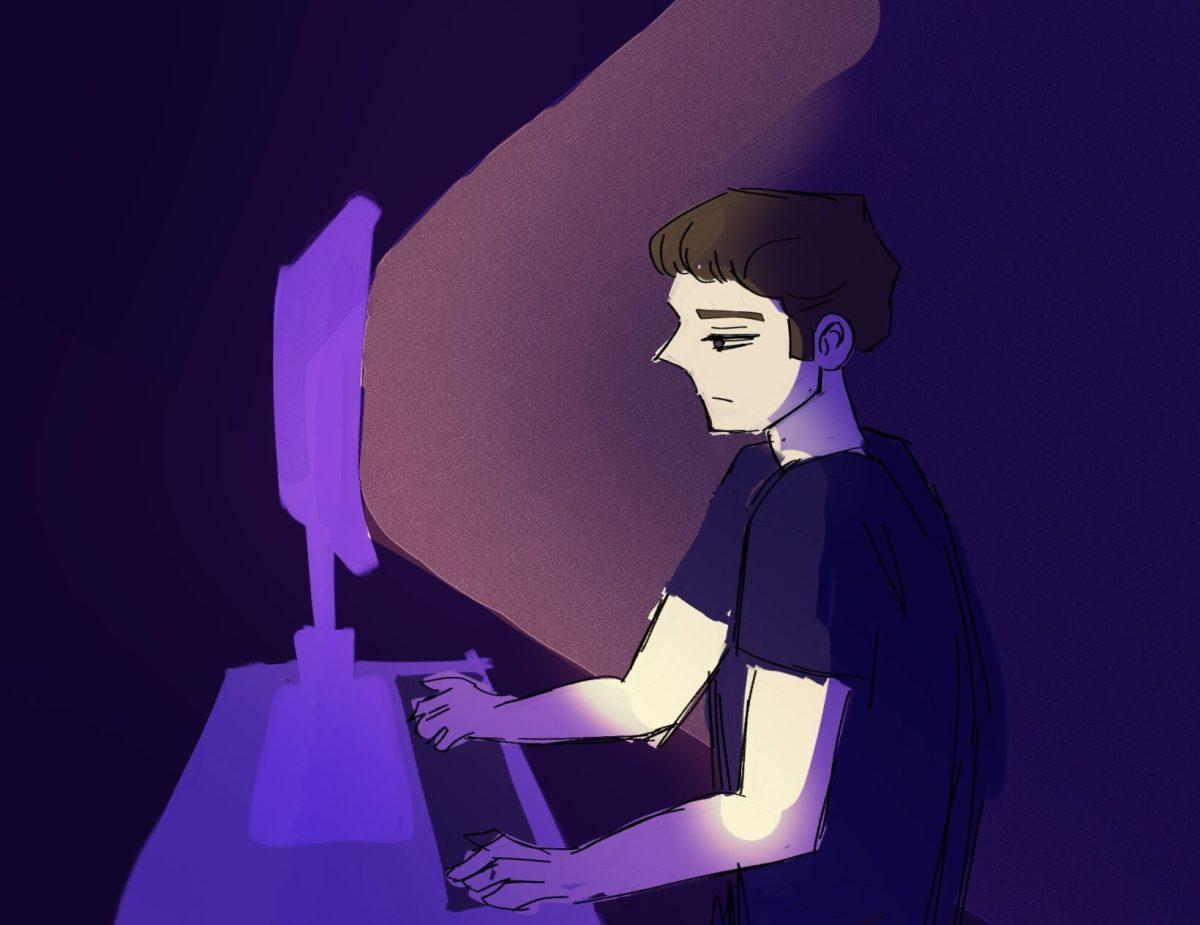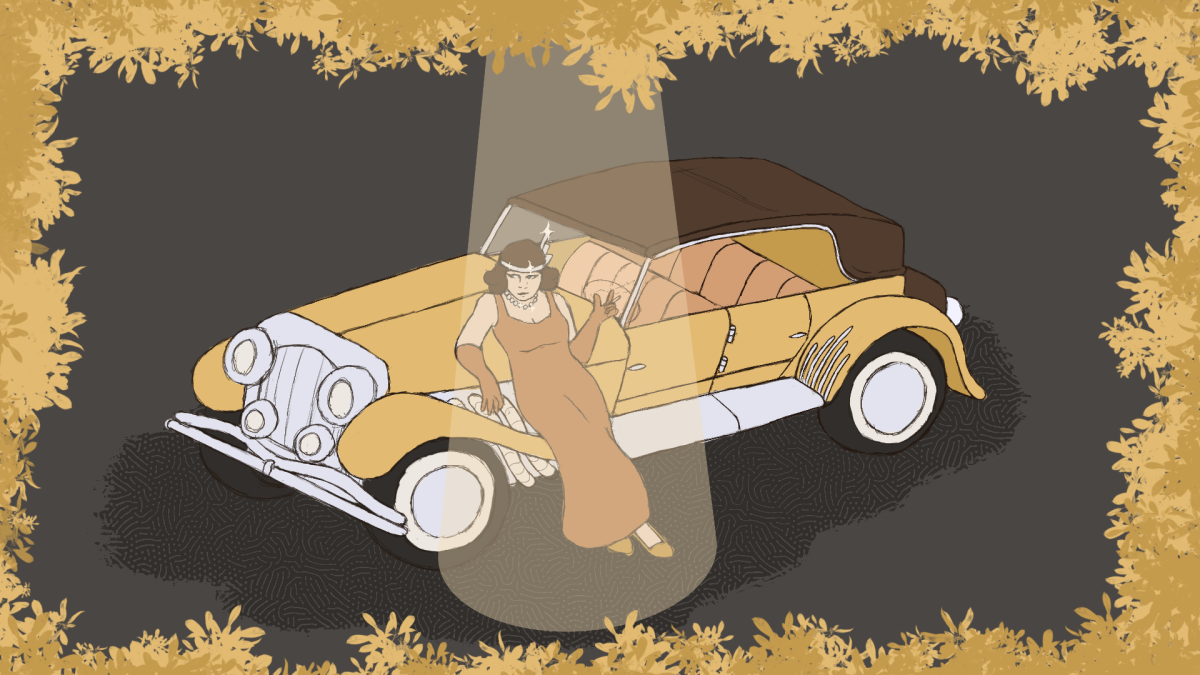An NC State graduate with a degree in mechanical engineering has released a free navigation iPhone app that has the ability to alert the user of police radars and obstacles while driving. As mentioned in a Technician news article, the app, called Copdrop, was at No. 16 in the free navigation section of the iPhone app store last week.
Logan Greer, the app’s creator, explained that his inspiration for his creation came from personal experience after he was arrested for a driving violation. He said he had a strong aversion to authority and wanted to empower people to reclaim their rights.
Given this information, and from the name and purpose of his app, it seemed to me that what he was actually going for was to be able to speed on roads and get away with it and slowing down to the allowed speed limit only when alerted of a cop. So “empowering people to reclaim their rights” would translate to encouraging them to do the same. More college students using this app will potentially create a dangerous environment on the streets.
Copdrop works using radar detectors, which are electronic devices that help identify the presence of radars in the vicinity, primarily the ones used by the police to locate cars exceeding the speed limit. The app shows speed traps, whose locations are uploaded to the map from users with radar detectors. Users who connect their detector to the app are entered in a weekly drawing, where they can win a cash prize.
Due to their nature of attempting to escape the law, police radar detectors are illegal in a large number of countries in the world. In the United States, using these devices in non-commercial vehicles is completely legal in all states except for Virginia and Washington D.C.
The chief purpose of a police radar detector is to detect the presence of a speed-monitoring radar in the immediate surroundings. They are literally made to avoid getting caught while speeding. With Copdrop soon being released on Android and gaining further popularity, it would enable an even wider range of citizens to avoid the consequences of speeding.
Speed limits are in existence for our own safety and eluding them isn’t going to solve more problems than it will create. According to Insurance Institute for Highway Safety, 27 percent of all motor vehicle crash deaths in 2016 were caused by speeding. It has been a factor in more than a quarter of crash deaths since 2007. It is one thing to be speeding at a few miles per hour over the set limit and another to be so highly above it that it endangers you and the drivers around you.
If we’re going to make use of mechanisms, including radar detectors and Copdrop, that indicate to us that we need to slow down to prevent getting caught due to a cop having their attention on us, then the whole purpose of having traffic laws and traffic enforcement is defeated.
The risk of a motor vehicle crash is higher among 16- to 19-year-olds than among any other age group. They are three times more likely than drivers aged 20 and above to be in a fatal crash. We really do not want each other driving over the speed limit, but an app like Copdrop is only making us more capable of doing so.
Other features of Copdrop include notifying the driver of pothole zones, heavy traffic and accidents on the road — however, this is nothing that another map application on the iOS or Android platform won’t tell you. Clearly, Copdrop poses a hazardous use of technology by aiding citizens’ desire to break the law and get around it.














